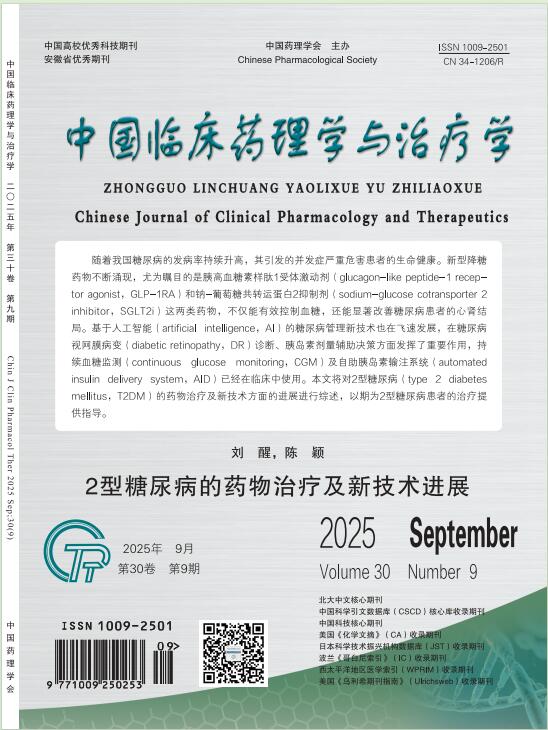AIM: To explore the protective effect of total flavonoids from rhododendron (TFR) on oxidative stress injury in the brain of rats subjected to cerebral ischemia/reperfusion (I/R). METHODS: Forty male SD rats were randomly divided into 5 groups: sham operation group ( Sham group ), cerebral ischemia-reperfusion group (MCAO group), and Cerebral Ischemia/Reperfusion with TFR treatment groups (TFR 50, 100, 200 mg/kg groups). The MCAO group and TFR-treated groups underwent ischemia/reperfusion surgery, and the TFR-treated groups received TFR intragastrically for 14 consecutive days following the ischemia/reperfusion injury. After 14 days, comparisons were made in terms of neurological function scores, serum inflammatory factors, oxidative stress indicators, and brain injury markers. Additionally, histological examination of brain tissue morphology using Hematoxylin and Eosin (HE) staining, observation of cerebral blood flow through cerebral blood flow imaging, and measurement of lactate dehydrogenase (LDH), neuron-specific enolase (NSE) activity in serum, interleukin-1 (IL-1), interleukin-6 (IL-6) levels, superoxide dismutase (SOD) activity, malondialdehyde (MDA) content, nitric oxide (NO) content, and nitric oxide synthase (NOS) activity were performed. RESULTS: Compared to the Sham group, MCAO rats exhibited abnormal neurological function scores, severe damage to the microstructure of brain tissue, noticeable changes in brain morphology, elevated activities of LDH and NSE, increased levels of IL-1 and IL-6, elevated MDA content, and decreased SOD, NOS activity, and NO content. In comparison to the MCAO group, rats treated with TFR at doses of 50, 100, and 200 mg/kg showed recovery of abnormal neurological function scores, reduced damage to the microstructure of brain tissue, decreased activities of LDH and NSE, lowered levels of IL-1 and IL-6, reduced MDA content, and increased SOD, NOS activity, and NO content. CONCLUSION: Total flavonoids from Rhododendron can protect against cerebral ischemia/reperfusion injury, reducing oxidative stress levels.


